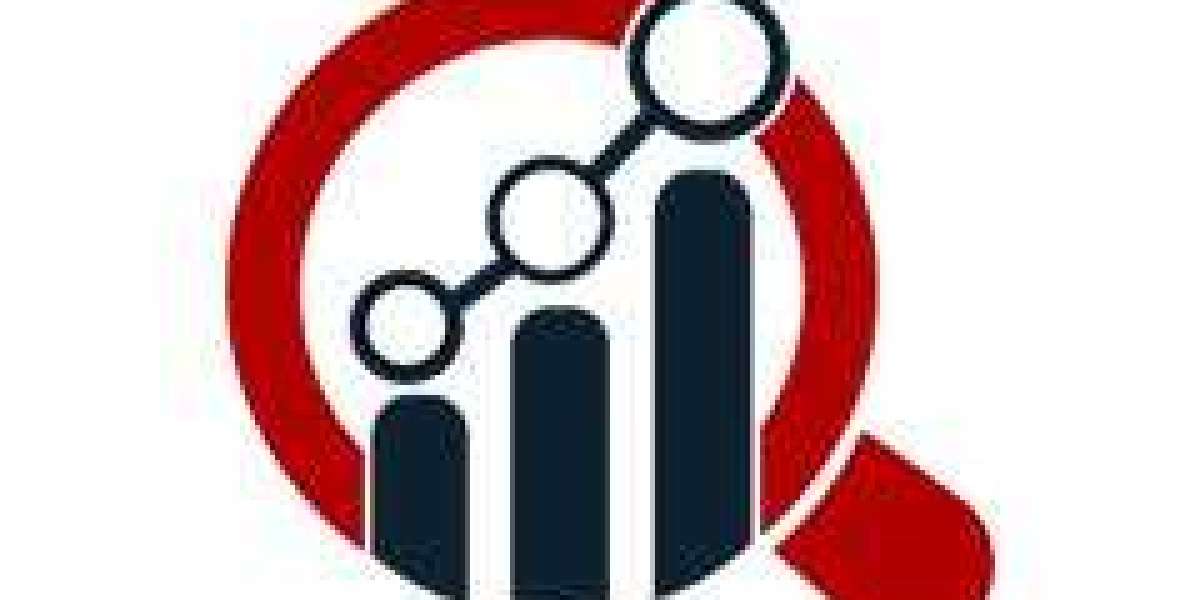In the realm of IT, the term "legacy system" often conjures images of outdated technology and cumbersome processes. However, within these systems lie a treasure trove of valuable knowledge accumulated over years of operation. When it comes time to decommission these systems, one of the critical challenges is transferring this knowledge to ensure continuity and prevent loss of vital information. This is where effective documentation strategies play a pivotal role.
1. Understanding the Legacy Landscape
Before embarking on any documentation endeavor, it's essential to gain a comprehensive understanding of the legacy system landscape. This includes identifying key stakeholders, system components, dependencies, and functionalities. Conducting thorough interviews with subject matter experts (SMEs) and analyzing existing documentation, such as system architecture diagrams, data dictionaries, and user manuals, can provide valuable insights into the intricacies of the system.
2. Establishing Documentation Standards and Frameworks
Once the legacy system's landscape is clear, the next step is to establish documentation standards and frameworks. This involves defining the types of documentation required, such as technical specifications, process workflows, data models, and user guides. Additionally, creating templates and guidelines ensures consistency across all documentation efforts and facilitates easier navigation and understanding for future users.
3. Employing Agile Documentation Practices
In the fast-paced world of technology, traditional documentation methods may not always suffice. Agile documentation practices offer a more flexible and iterative approach, allowing documentation to evolve alongside system changes. By breaking down documentation tasks into smaller, manageable chunks and regularly soliciting feedback from users and stakeholders, teams can ensure that documentation remains relevant and up-to-date throughout the system decommissioning process.
4. Leveraging Visualization Tools and Diagrams
Visual aids such as diagrams, flowcharts, and screenshots can significantly enhance the effectiveness of documentation by providing clear and intuitive representations of complex concepts and processes. Tools like UML (Unified Modeling Language), ER (Entity-Relationship) diagrams, and process mapping software can help visualize system architecture, data flows, and business processes, making it easier for users to grasp intricate details and dependencies.
5. Facilitating Knowledge Transfer and Training
Documentation is not merely about capturing information but also about facilitating knowledge transfer and enabling effective training for future system users. Providing comprehensive training sessions, user workshops, and access to self-service documentation repositories empowers users to navigate the new system confidently. Additionally, establishing mentoring programs where experienced team members mentor new staff members can further facilitate knowledge transfer and ensure continuity.
Conclusion
In the dynamic landscape of IT, effective documentation is essential for preserving institutional knowledge and facilitating a smooth transition from legacy systems to modern platforms. By understanding the legacy landscape, establishing documentation standards, employing agile practices, leveraging visualization tools, and facilitating knowledge transfer, organizations can ensure that valuable insights and expertise are preserved for future generations, thereby mitigating the risks associated with system decommissioning.








